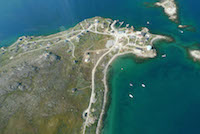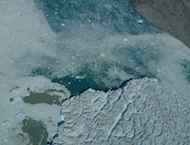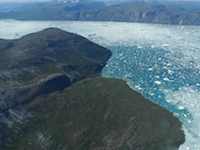
|
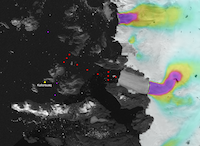 |
|
|---|
Local Fjords
Leveraging Local Knowledge to Measure Greenland Fjords
Home
Lamont-Doherty Earth Observatory
Summary
Greenland's tidewater glaciers are undergoing change, losing mass as they accelerate and thin. Change however has not been uniform with neighboring glaciers losing size at varying rates. Since tidewater glaciers connect directly to the ocean understanding the ocean interacts with and influences these glaciers, through both water temperature and fjord depth, is critical. Few water measurements have been collected in the fjords where these glaciers terminate. Satellite measurements are an efficient way to measure sea surface temperature (SST) on a large scale but these broad SST measurements are not sufficient for collecting water temperature profiles which will allow us to better calculate how much melt is possible at the glacier connection to the ocean, and add some insights as to why neighboring glaciers are behaving differently. Collecting direct measurements of water temperature, salinity and depth in the fjords along the front of the glaciers will allow us to start filling in the necessary information.
Project Goals
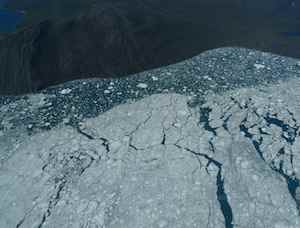 |
|---|
| Calving front and small ice 'bergy' bits on a west coast Greenland tidewater glacier. |
This Lamont Climate Center project will support travel to Upernavik and Kullorsuaq on the northwest coast of Greenland to assess the feasibility of using local fishing boats to collecting water measurements with a hand lowered CTD instrument, collecting conductivity (used to calculate salinity), temperature and depth. Working with local community members to collect CTD measurements is an important piece of the project as we hope to develop a local interest and partnership to continue collecting CTD measurements over different seasons. Through time we hope to expand the sampling network, working with a wider set of communities each sampling their own coastline from fishing boats in the summer and ice fishing and hunting holes through the winter. Developing these partnerships includes meeting with community members and school groups to discuss the project and share educational resources.
![]()
This project is funded through LDEO Climate Center with additional funding from NASA Interdisciplinary Program & logistical support from NSF. | contact us | web master
